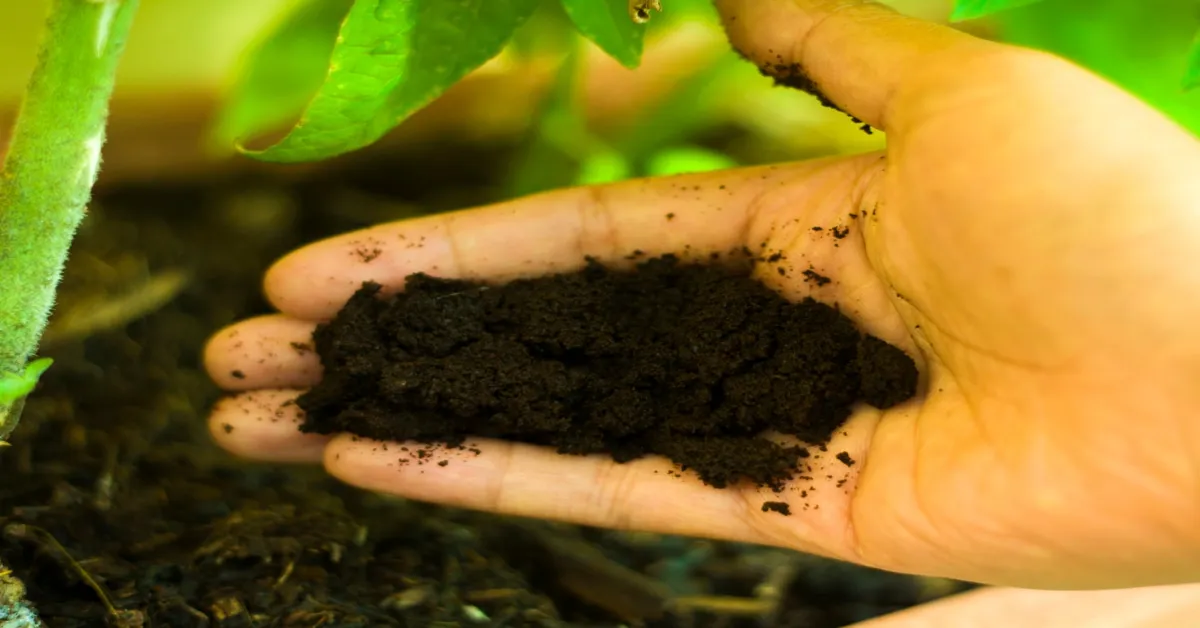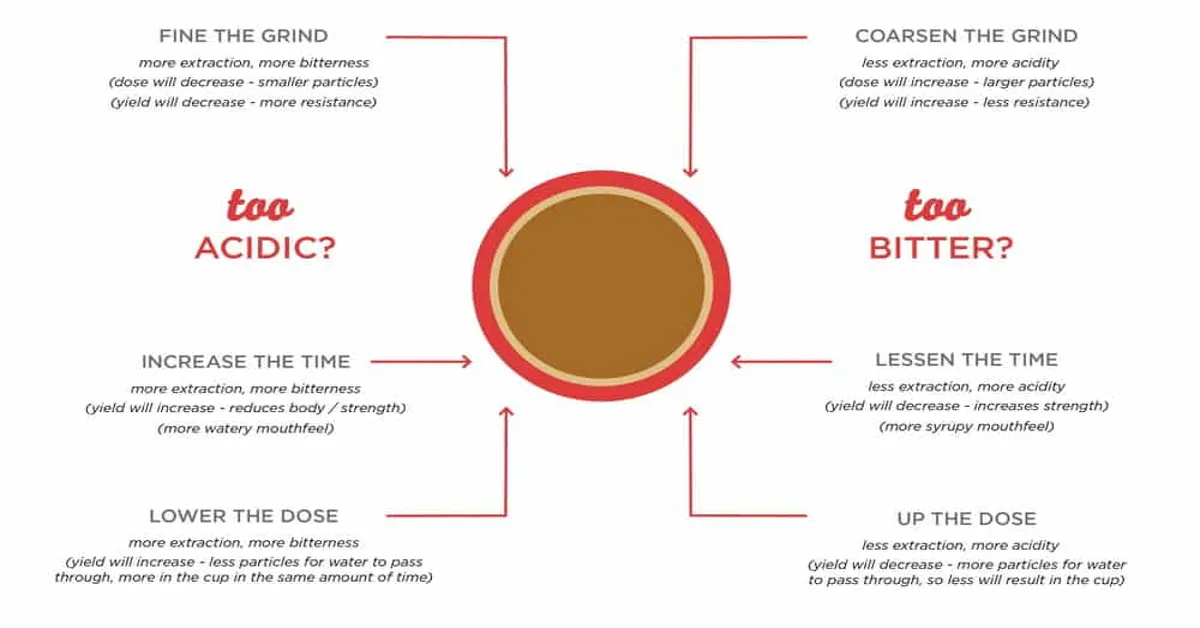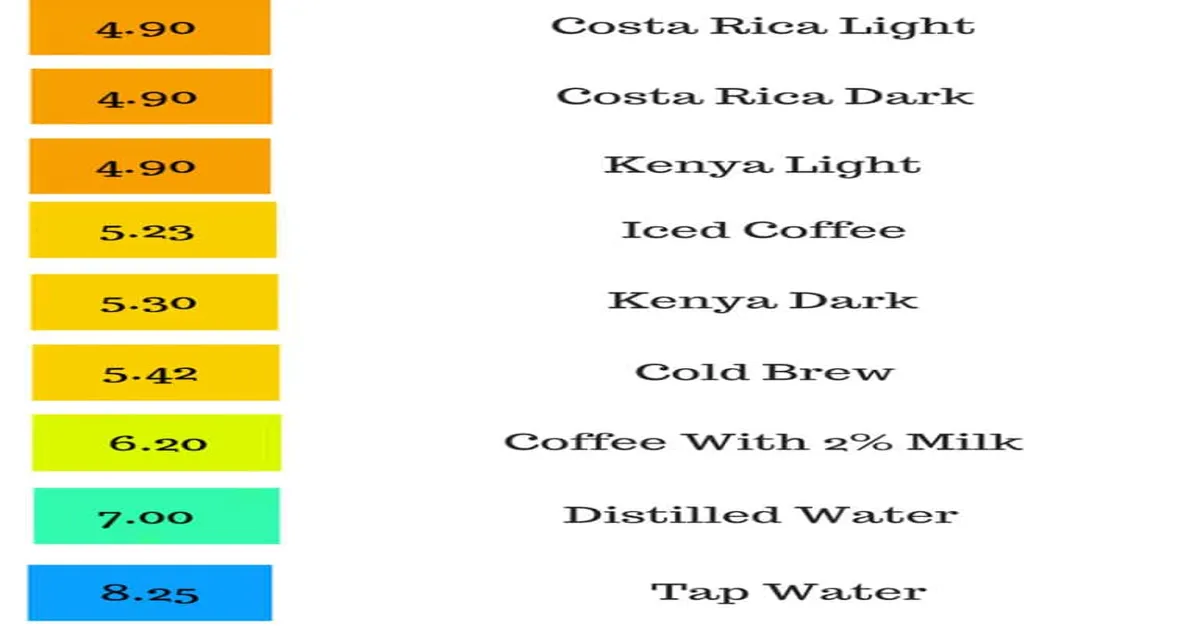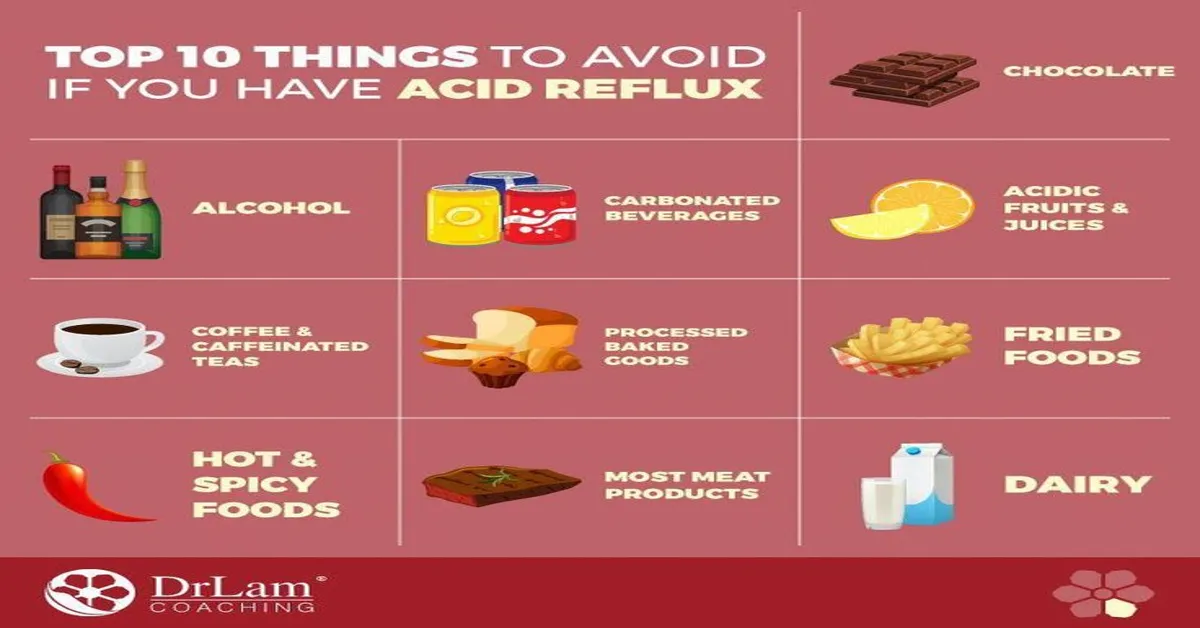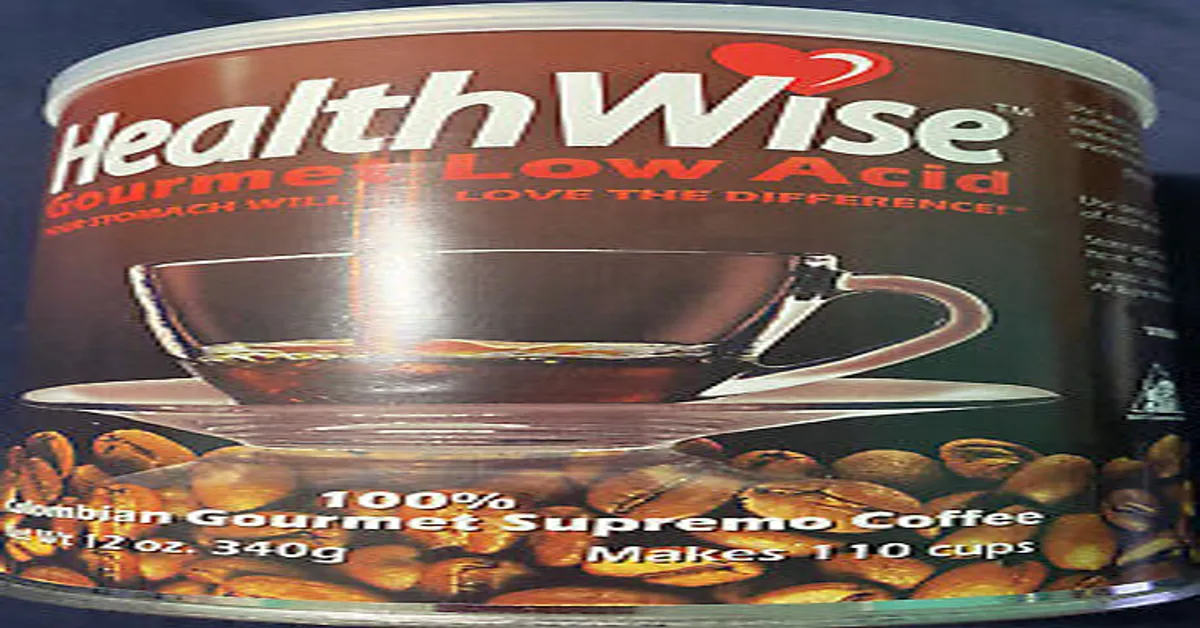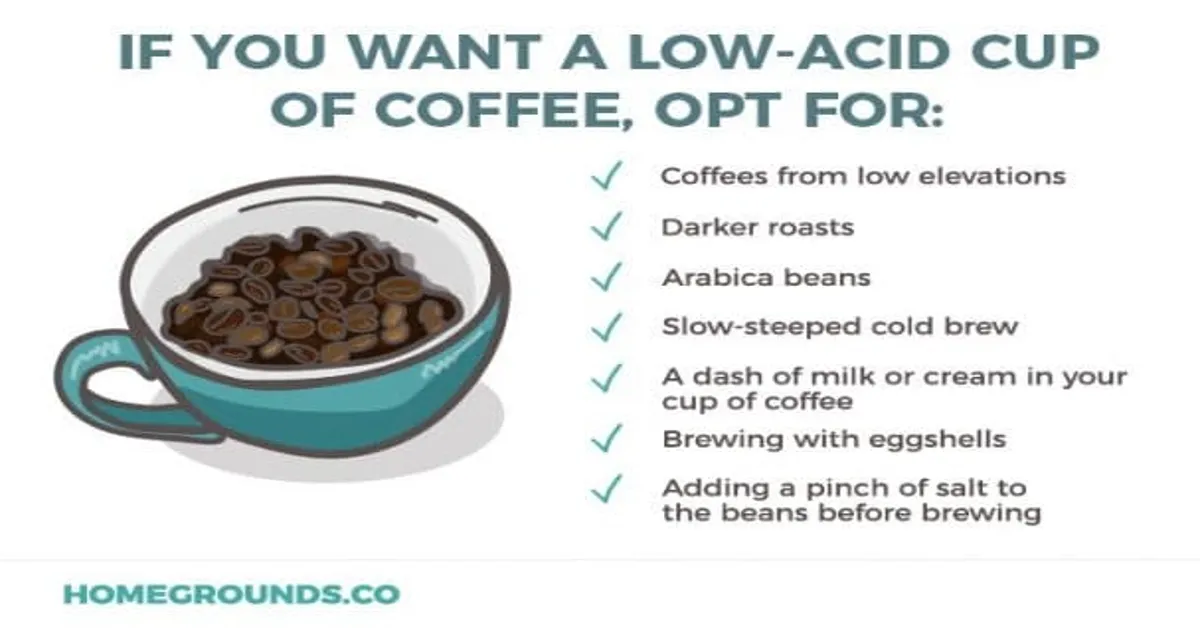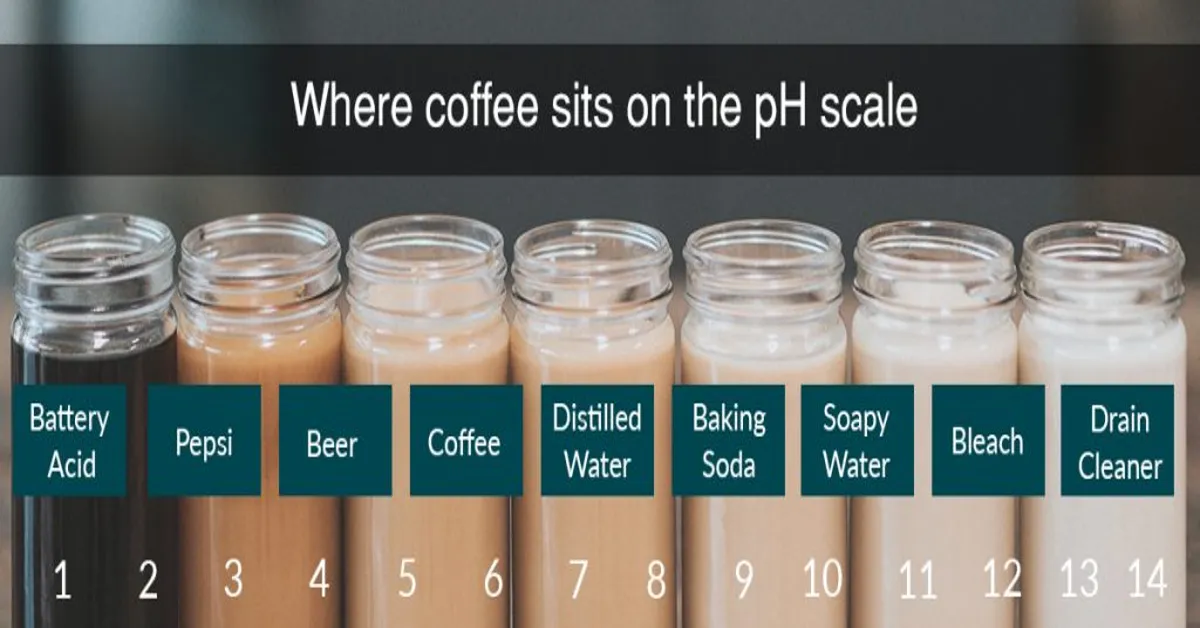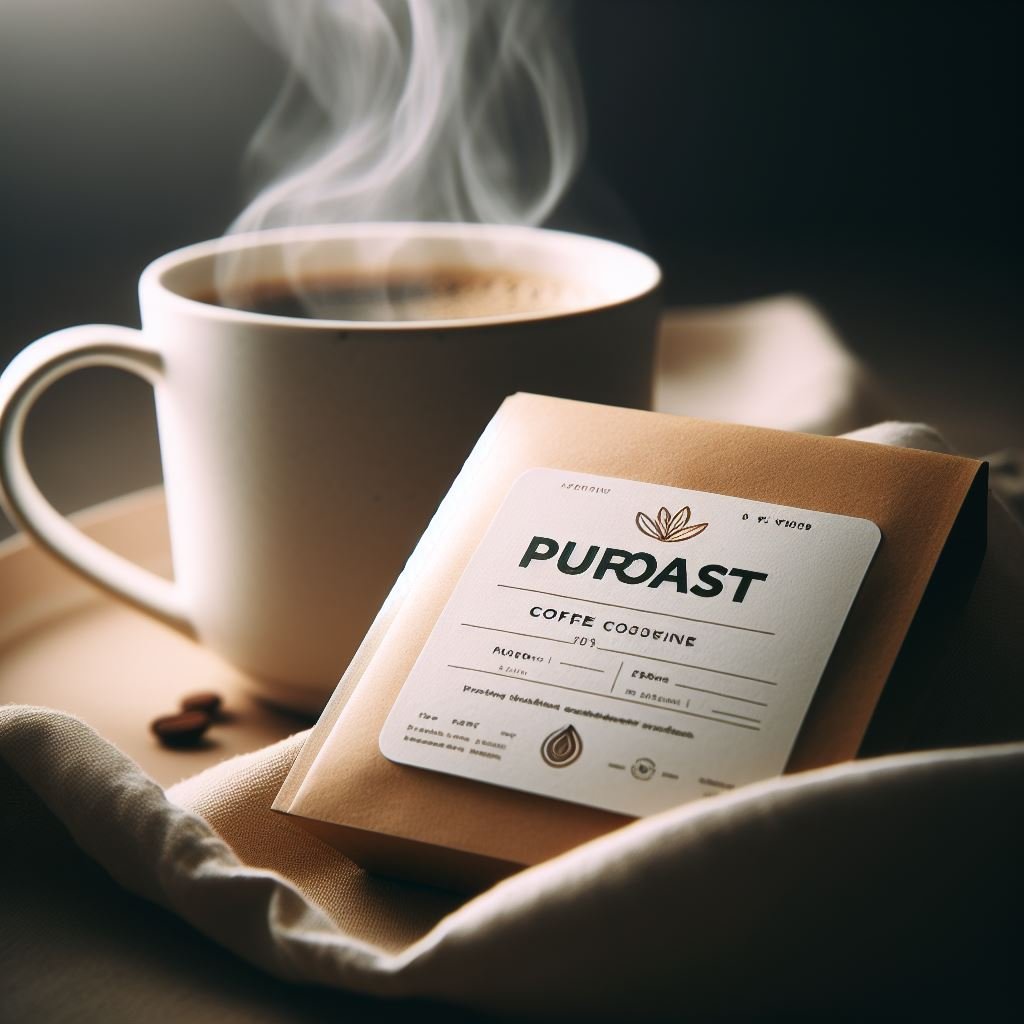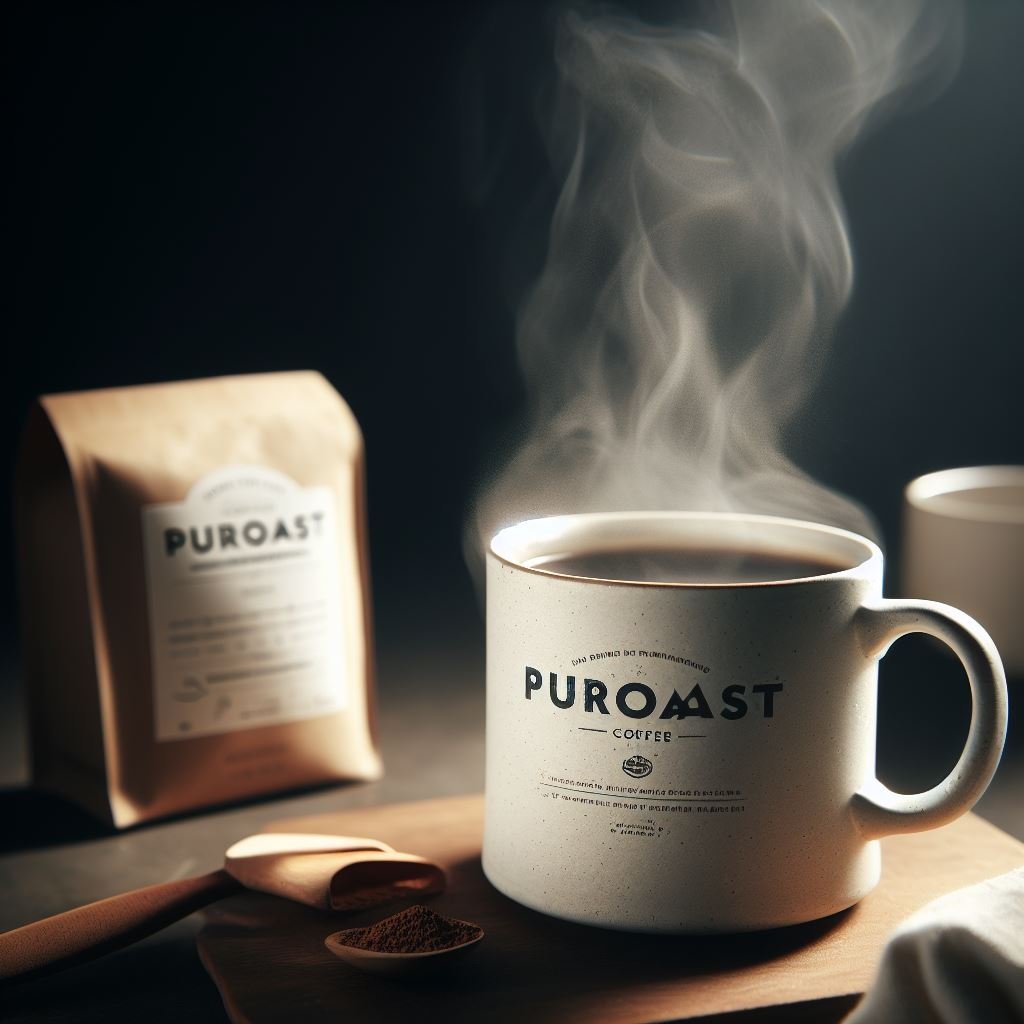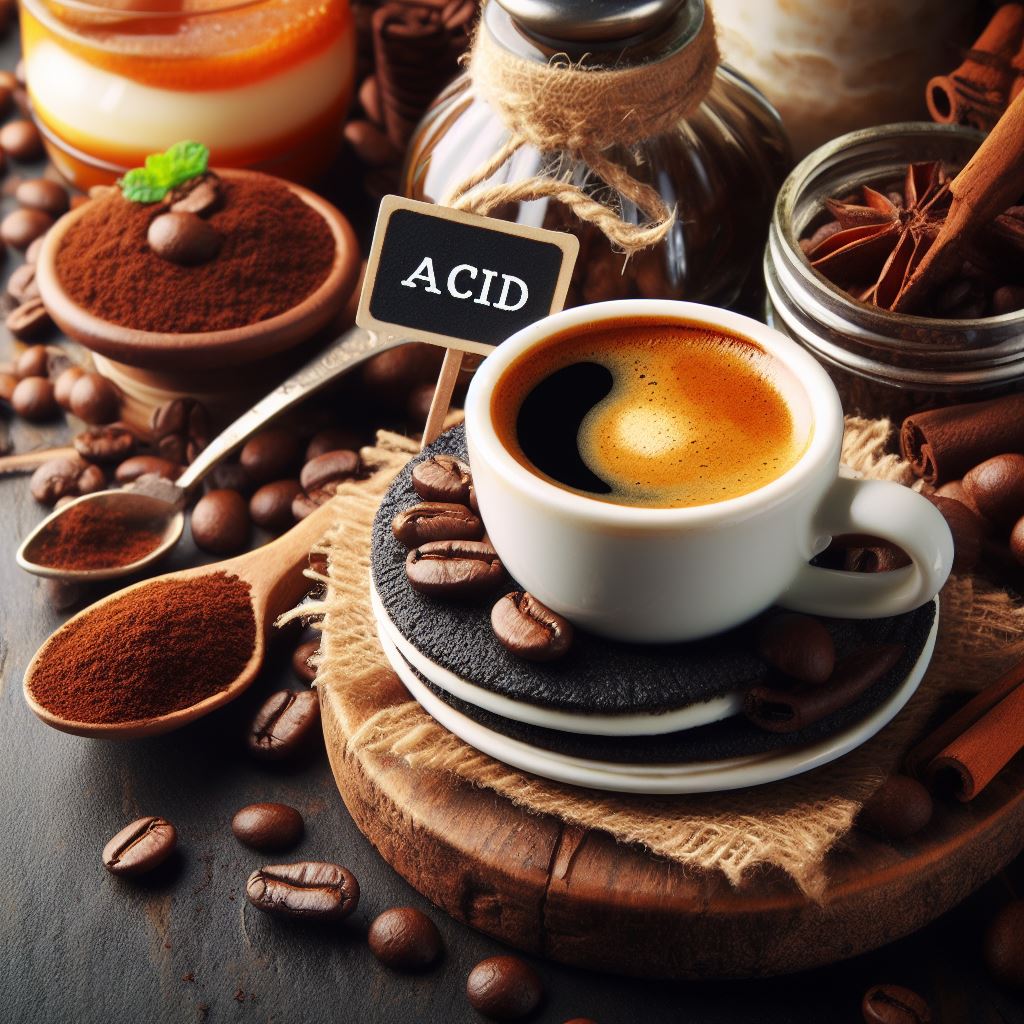As the first light of dawn creeps through your window, the aroma of freshly brewed coffee fills the air, promising a moment of serenity before the day’s chaos ensues. You take that first satisfying sip, the rich flavor dancing on your taste buds, and you wonder about the magic behind the beans. But have you ever pondered the fate of those spent coffee grounds, the unsung heroes of your morning ritual? Often dismissed and discarded without a second thought, these remnants of your brew hide a secret: a world of acidity and alkalinity that could transform your garden, your beauty routine, and even your eco-friendly practices.
Coffee grounds, a byproduct as common as the beverage itself, hold a complex character are they acidic, or is there more to the story? The answer might surprise you, and it’s not just gardeners and eco-enthusiasts who stand to benefit from this knowledge. Discover the unexpected uses and advantages of coffee grounds, and you’ll never look at your morning cup the same way again. Let’s delve into the science and sustainability of coffee’s afterlife, where every granule counts.
Statistical Information: Are coffee grounds acidic?
| Property | Value | Detail |
|---|---|---|
| Acidity Level | pH 4.85-5.10 | Coffee grounds typically have a pH between 4.85 to 5.10, indicating a mildly acidic nature. |
| Used Grounds Acidity | Lowered pH | Used coffee grounds are less acidic, as brewing reduces their acidity, making them closer to neutral. |
| Soil Amendment | Depends on Soil | Adding coffee grounds to soil can lower the pH, beneficial for acid-loving plants like azaleas. |
| Composting | Green Material | In composting, coffee grounds are considered green material and provide nitrogen, aiding decomposition. |
| Acidic Perception | Subjective | The perceived acidity in the flavor of coffee does not always correlate with the actual pH of the grounds. |
| Garden Usage Percentage | ~35% | Approximately 35% of coffee ground waste from coffee shops is repurposed for gardening use. |
Coffee Grounds: A Dive into Their Acidity Levels Embarking on a journey through the nuanced world of coffee, one might ponder: are coffee grounds acidic? Indeed, these aromatic remnants of our beloved brew do possess a certain level of acidity, imparting rich flavors that tantalize our taste buds. However, the acidity is not as formidable as one might expect. Coffee grounds typically have a pH that leans towards the acidic side of the spectrum, yet this characteristic is mellowed once they’ve been used to brew your morning cup of joe.
The acidity in coffee grounds can be an ally in gardening, for those soil types that thrive on lower pH levels. Moreover, when added to compost, coffee grounds can enrich the mixture with nitrogen, a boon for plant growth. Understanding the acidic nature of coffee grounds can unlock myriad uses beyond the coffee pot, from enhancing your garden to crafting homemade exfoliants.
As we delve into the acidity of coffee grounds, let’s keep our wits sharpened and our curiosity brewing, for there is much to uncover in the humble heap of used beans. Whether you’re a green-thumbed gardener or a coffee connoisseur, recognizing the subtle acidity of coffee grounds can lead to a world of innovative and sustainable practices.
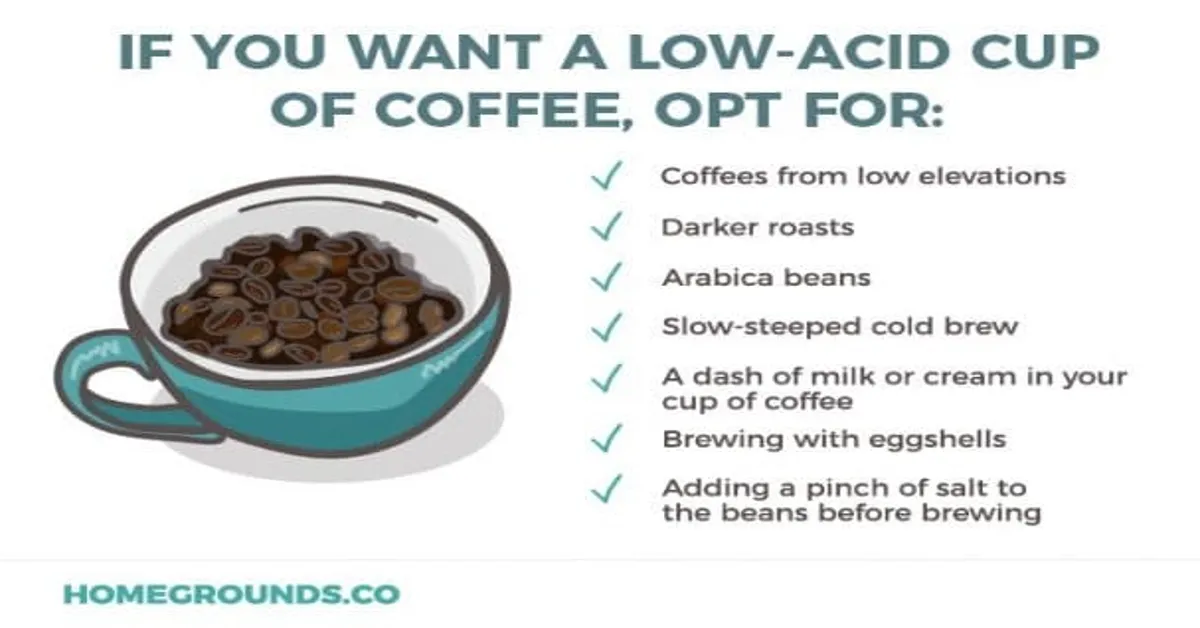
Investigating Coffee Grounds’ Acidity
Coffee Grounds: Unveiling Their Acidic Secrets Embark on a journey to demystify the pH profile of your beloved coffee grounds. It’s a question that stirs the mind of many coffee enthusiasts and gardeners alike: Are coffee grounds acidic? The answer, steeped in the complexity of coffee chemistry, is a fascinating exploration into the world of our cherished brew. Freshly brewed coffee typically carries a reputation for acidity, with a pH ranging from 85 to 10, making it mildly acidic. However, when it comes to the grounds left behind, the story takes an intriguing turn.
The acidity of used coffee grounds can be quite variable. Initially, they possess a lower pH, thus seeming acidic, but once they undergo composting, their acidic qualities tend to diminish over time. This delightful tidbit serves as a beacon for gardeners, who often seek to amend their soil with coffee grounds, hoping to lower the pH for acid-loving plants.
Yet, the truth lies in the transformation that occurs once these grounds integrate with the soil, ultimately becoming more neutral. So, whether you’re nurturing your garden or simply curious about the pH of your morning cup’s remnants, the answer is clear but nuanced coffee grounds begin as acidic but mellow as they age. Delve deeper into this topic in our comprehensive guide, and link back to the table of content easily to explore the other compelling chapters of this coffee conundrum.
Engage with the knowledge that lies within the humble coffee ground and enrich your understanding of its many wonders.
Practical Uses of Coffee Grounds
Unveiling the Acidity of Coffee Grounds: A Surprising Revelation Embark on a journey to demystify the PHenomenon behind coffee grounds and their acidity levels. Contrary to what the morning aroma might suggest, coffee grounds are not the acidic villains in your compost heap or garden soil. In fact, used coffee grounds have a near-neutral pH, ranging from 5 to 8, debunking the myth of their supposed acidity. This revelation is a game-changer for gardening aficionados and eco-warriors alike, who can now harness the potential of coffee grounds without fear of souring their soil.
So, before you toss out those leftovers from your morning brew, consider the unexpected, mild-mannered nature of coffee grounds and their true place in the pH spectrum.
Mitigating the Acidity
Unveiling the Acidity of Coffee Grounds: A Surprising Revelation Journey into the heart of your morning brew, and you’ll discover a world where acidity plays a pivotal role. But what happens when the coffee has been brewed, and we’re left with the remnants? Are coffee grounds acidic, you might wonder. The answer is a dance of complexity, as the pH level of used coffee grounds can indeed lean towards the acidic side, typically ranging between 5 to However, this is mildly acidic when compared to the actual brew.
The intriguing fact is the acidity can mellow further when grounds are rinsed or reused. This subtle nuance makes them a gardener’s ally, enriching soil with essential nutrients without overwhelming it with acidity. Whether you’re nurturing your azaleas or bolstering your vegetable patch, coffee grounds can offer a mild acid touch that plants often relish.
So go ahead, sprinkle that java magic into your garden and watch as it thrives, all the while knowing the secret of their gentle acidity.
Important Notice for readers
Please be aware that coffee grounds, while commonly believed to be acidic, can vary in pH level, and their acidity may decrease substantially after brewing. Therefore, when using them for gardening or composting, it is crucial to understand their actual pH and how it affects soil composition and plant health. Always test your soil before amending it with coffee grounds and consider the specific needs of your plants.
This information is vital for anyone looking to make the most of their coffee byproducts in an environmentally friendly and effective way.
Frequently Asked Questions (FAQs)
Are coffee grounds acidic, and how does their acidity level affect garden soil when used as fertilizer?
Yes, coffee grounds are acidic, with a pH typically ranging from 6.5 to 6.8, which is slightly acidic. When used as fertilizer, the acidity can benefit acid-loving plants by lowering the soil’s pH slightly. However, as coffee grounds decompose, their acidity diminishes, making them practically neutral. This means they can be used without significantly altering the soil’s acidity over time, beneficial for a wide variety of plants.
Can I use coffee grounds to adjust the pH level of my compost pile, and will it make the compost more acidic?
Coffee grounds can be added to your compost pile as they contribute nitrogen, which is an essential component for composting. While coffee grounds are somewhat acidic, they will not drastically change the pH level of your compost. As they break down, they become more neutral, so using them in moderation will not make your compost overly acidic.
Are coffee grounds safe to use around all types of plants, or should they only be used for certain varieties?
Coffee grounds are generally safe to use around most plants, but they are particularly beneficial for acid-loving plants such as azaleas, blueberries, and rhododendrons. It’s important to use them in moderation and to be mindful of plants that prefer alkaline or neutral pH soils, as excessive amounts of coffee grounds could potentially harm them.
How do the acidity levels in used coffee grounds compare to fresh coffee grounds, and is there a difference in their use in gardening?
Used coffee grounds have a lower acidity level compared to fresh coffee grounds because the brewing process removes some of the acids. In gardening, used coffee grounds are preferable as they are less acidic and have already had some of their caffeine content reduced, making them safer for plants. Fresh coffee grounds could potentially inhibit plant growth due to higher acidity and caffeine content.
What is the best way to apply coffee grounds to plants to avoid potential harm from their acidity?
The best way to apply coffee grounds to plants is to mix them into the soil or add them to your compost pile, rather than applying them directly in large amounts. This ensures that they are evenly distributed and can decompose properly, which helps to mitigate any potential harm from their acidity. It’s also advisable to do a soil pH test if you plan to use coffee grounds regularly, to monitor any changes in soil acidity over time.
Conclusion
The acidity of coffee grounds is nuanced, influencing both garden health and flavor profiles in brewing. While they can enrich soil, their use requires balance and understanding of specific plant needs. As we consider the broader environmental impact, repurposing grounds becomes an emblem of sustainability. Imagine the potential if we harness this resource thoughtfully. Let’s contemplate not just our morning cup but also the afterlife of our coffee, challenging ourselves to innovate in repurposing our grounds. Embrace the cycle from bean to brew to blossom and consider how even small changes in our habits can have a profound impact on the world around us.
You Can Find the More Resources Here
https://extension.umn.edu/manage-soil-nutrients/coffee-grounds-eggshells-epsom-salts
